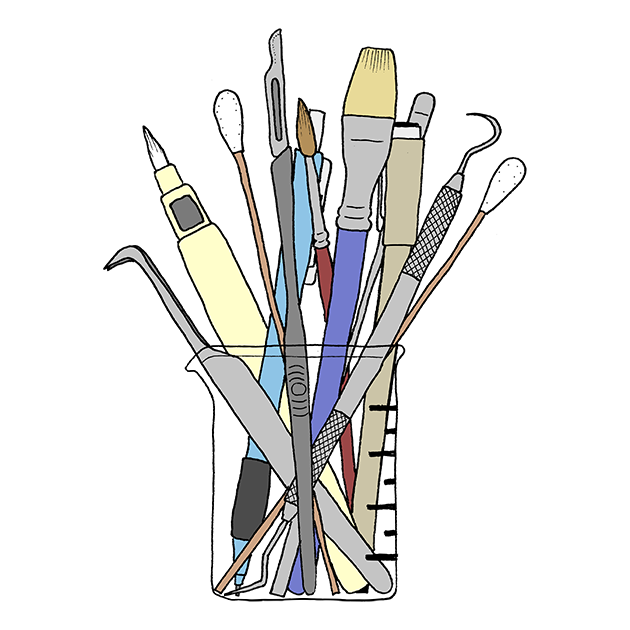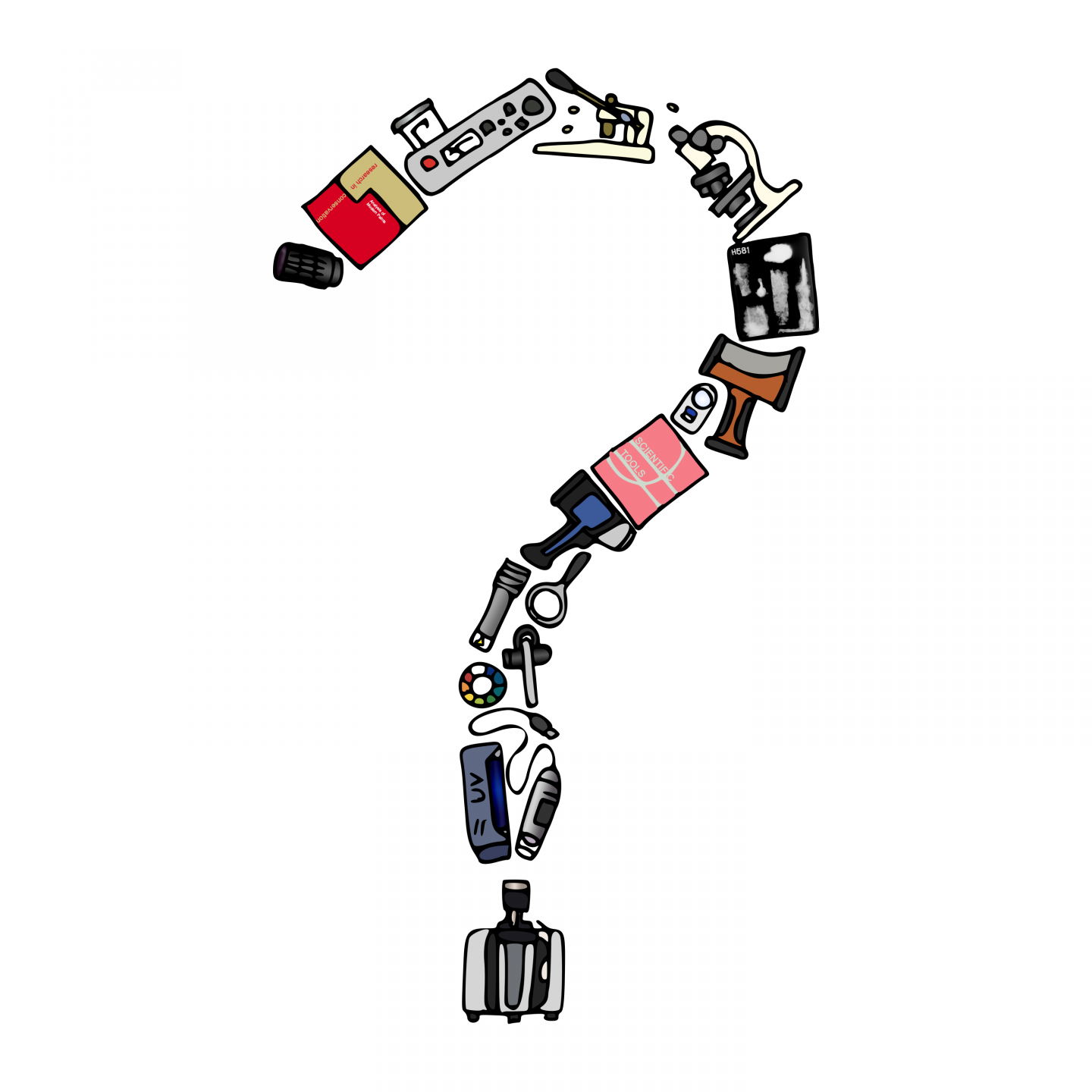Grab your lab coats and don your goggles: we’re taking a closer look at analysis and its role in conservation! Between us we compare notes on heritage science and reflect on some of our experiences. We talk to Sophie Rowe about curiosity and funny smells, Dr Paola Ricciardi about non-invasive techniques, and Rob McLeod about everything from how to talk about science to cool equipment. Don’t forget to join Amanda at the Benchwork Bar for a Ray Gun cocktail (or mocktail) on your way out!
00:00:30 News in brief
00:03:45 Our forays into analysis
00:22:09 Interview with Sophie Rowe
00:37:40 We clearly need a low cost hub for analysis
00:39:46 Interview with Dr Paola Ricciardi
01:01:14 CT scanning adventures
01:03:35 How much?!
01:06:57 How useful is the work of scientists to conservators?
01:14:42 Interview with Rob McLeod
01:26:56 Benchwork Bar: The Ray Gun
01:29:32 Questions, comments, corrections: article attribution
Show Notes:
– Icon Emerging Professionals Network’s Call for Projects: https://icon.org.uk/groups/emerging-professionals-network/news-events-and-resources
– Material Characterization Tests for Objects of Art and Archaeology: https://archetype.co.uk/our-titles/material-characterization-tests/?id=217
– Using UV Light in Conservation: https://www.preservationequipment.com/Blog/Blog-Posts/Using-UV-light-in-conservation
– Raman spectroscopy: https://en.wikipedia.org/wiki/Raman_spectroscopy
– Fourier-transform infrared spectroscopy: https://en.wikipedia.org/wiki/Fourier-transform_infrared_spectroscopy
– Scanning electron microscopy: https://en.wikipedia.org/wiki/Scanning_electron_microscope
– X-radiography: https://en.wikipedia.org/wiki/Radiography_of_cultural_objects
– Digital microscopy: https://www.preservationequipment.com/Blog/Blog-Posts/Digital-Microscopes-in-Conservation
– Heritage Smells: https://www.ucl.ac.uk/bartlett/heritage/research/projects/project-archive/heritage-smells
– Gas chromatography–mass spectrometry: https://en.wikipedia.org/wiki/Gas_chromatography%E2%80%93mass_spectrometry
– Miniare project: http://www.miniare.org/
– Multispectral imaging: https://chsopensource.org/multispectral-imaging-system/
– X-ray fluorescence: https://en.wikipedia.org/wiki/X-ray_fluorescence
– Reflectance difference spectroscopy: https://en.wikipedia.org/wiki/Reflectance_difference_spectroscopy
– Digitization without Disruption (webinar with Dr David Mills): https://www.youtube.com/watch?v=lQxkyagkg8k&feature=emb_title
– Thin-Layer Chromatography for Binding Media Analysis: https://www.getty.edu/publications/virtuallibrary/0892363908.html
– Polarizing Microscopy: https://chsopensource.org/microscopy-for-art-examination-polarizing-microscopy/
– Natural History Museum science department: https://www.nhm.ac.uk/our-science.html
– Conservation Cocktails by Amanda Richards: https://www.pinterest.co.uk/arichards123/conservation-cocktails/
– ‘Novel ways of communicating museum pest monitoring data: practical implementation’ by Christian Baars and Jane Henderson: http://orca.cf.ac.uk/129741/
– ‘Standardizing and communicating IPM data’ by Jane Henderson, Christian Baars, and Sally Elizabeth Hopkins: http://orca.cf.ac.uk/129738/
Hosted by Jenny Mathiasson, Kloe Rumsey, and Christina Rozeik.
Intro and outro music by DDmyzik used under a Creative Commons Attribution license.
Made available under a Creative Commons Attribution-NonCommercial 4.0 International license.
A Wooden Dice production, 2020.


I hope you don;t mind a critical comment, but you no longer need to coat samples to carry out scanning electron microscopy. Almost all samples can be imaged or analysed with no sample preparation at all. Provided the sample is dry and vacuum stable you should be able to put it into the microscope (assuming that it will actually fit!).
Enjoying the podcast thanks to a link from the NHSF newlsetter.
Amazing! Shows what we know about current techniques. We’re all getting old now! Thanks for the correction.